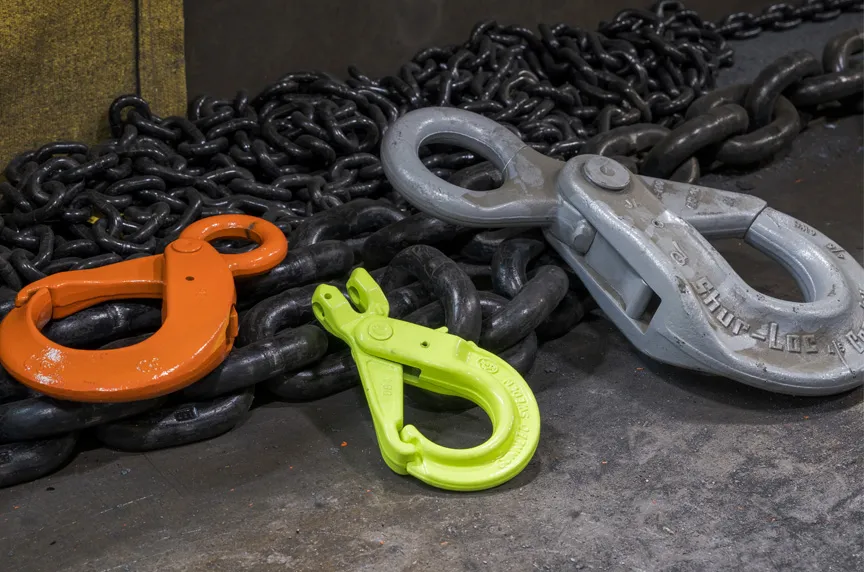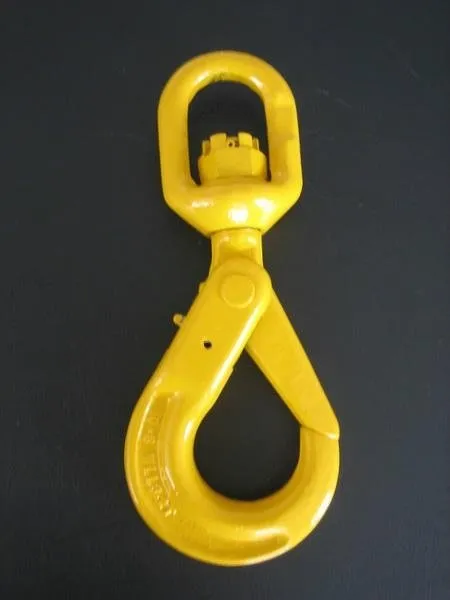News
May . 31, 2024 09:54 Back to list
Why use automatic closing hooks and the drawbacks of using automatic closing hooks
Why Would You Use a Self-Closing Hook?
Safety is the main reason for using a self-locking hook.
Whenever you put a load on it, the hook snaps shut. While there’s a load on the hook, it cannot be opened. Because of this safety feature, you’re reducing the risk of the load falling out and the potential for work-site accidents.
There’s less risk involved with using a self-locking hook over a latch hook just because they’ll always be closed when attached to a load. There’s no risk of the load slipping out while it’s in the air because it hits a wall or encounters elements that shift the load.
Although there are many benefits to using a self-closing hook, there are some drawbacks, as well.
Mainly, the disadvantages include being:
• More expensive than a standard hook
• Heavier than standard hooks
• More cumbersome to open and close in certain applications than a latch hook you can readily attach to a load, crane hook, or lifting device.

What Are the Disadvantages to Using a Self-Closing Hook?
For general lifting purposes, there’s really not any bad-fit applications. In most cases where you can use a standard hook, you should be able to use a self-locking hook. There could be certain types of loads, or connections, where it would be impossible to use the self-closing hook.
These self-closing hooks are rated for the same temperature as a foundry hook. You can go up to 750° F with the correct down ratings. However, in a hot environment, the hook is going to get hot, and you may have to handle it. There could be applications in a steel mill where you’re not able to open the hook and a foundry hook is a more appropriate and safer option.

All products have their advantages and disadvantages, finding the most suitable one is the key to achieving twice the result with half the effort.
-
Turnbuckle Applications: Where Precision Meets Practicality
NewsAug.01,2025
-
Unveiling the Power of Wire Rope Clips
NewsJun.03,2025
-
Wire Rope Thimble: The Smart Solution for Maximum Cable Longevity
NewsMay.09,2025
-
Tension Made Elegant: Discover the Strength of Stainless Steel Turnbuckle
NewsMay.08,2025
-
Secure Strength Redefined: Explore the Power of DIN 580 Lifting Eye Bolt
NewsMay.08,2025
-
Marine-Grade Strength and Versatility: Why Stainless Steel Quick Link Is Your Ultimate Connector
NewsMay.08,2025
